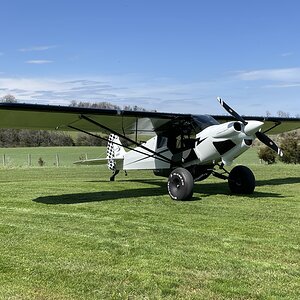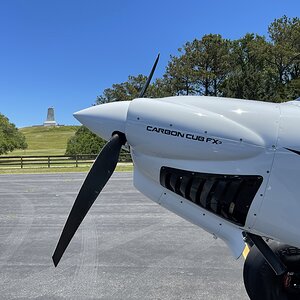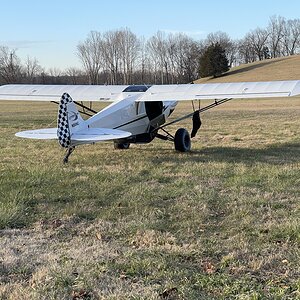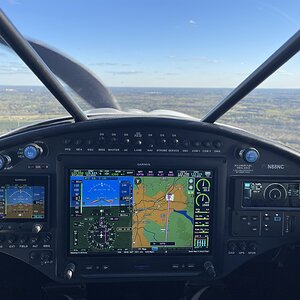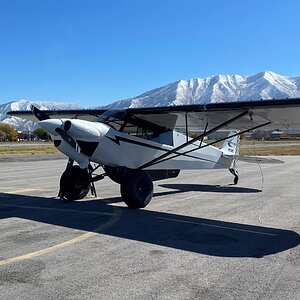CastofThousands
Well-known member
- Joined
- May 2, 2006
- Posts
- 125
Howard Walter Cannon (January 26, 1912–March 5, 2002) was an American politician. He served as a United States Senator from Nevada from 1959 until 1983 as a member of the Democratic Party.
Cannon was born in Saint George, Utah. He attended the Arizona state teacher's college and the University of Arizona law school. He became a lawyer in Arizona, Nevada and Utah, being accepted to the bar in all three states. In World War II he served in the United States Army Air Corps.
In 1949 Cannon was elected city attorney of Las Vegas, Nevada and reelected three times. In 1958 he was elected to the United States Senate.
In 1964 Cannon voted for the Civil Rights Act. In the Senate, he was known as a moderate in the Democratic Party. He had an interest in the rules and administration of the Congress, serving as chairman of several committees on that subject, including the rules committee and the inaugural arrangements committee.
Cannon served four terms in the United States Senate; he was reelected in 1964, 1970 and 1976. In 1964 he came within a few hundred votes of being defeated by his Republican opponent Paul Laxalt. In 1982 Cannon was defeated for reelection by Republican Chic Hecht. Cannon retired from politics and died in Las Vegas.
http://en.wikipedia.org/wiki/Howard_Cannon
Cannon was born in Saint George, Utah. He attended the Arizona state teacher's college and the University of Arizona law school. He became a lawyer in Arizona, Nevada and Utah, being accepted to the bar in all three states. In World War II he served in the United States Army Air Corps.
In 1949 Cannon was elected city attorney of Las Vegas, Nevada and reelected three times. In 1958 he was elected to the United States Senate.
In 1964 Cannon voted for the Civil Rights Act. In the Senate, he was known as a moderate in the Democratic Party. He had an interest in the rules and administration of the Congress, serving as chairman of several committees on that subject, including the rules committee and the inaugural arrangements committee.
Cannon served four terms in the United States Senate; he was reelected in 1964, 1970 and 1976. In 1964 he came within a few hundred votes of being defeated by his Republican opponent Paul Laxalt. In 1982 Cannon was defeated for reelection by Republican Chic Hecht. Cannon retired from politics and died in Las Vegas.
http://en.wikipedia.org/wiki/Howard_Cannon


